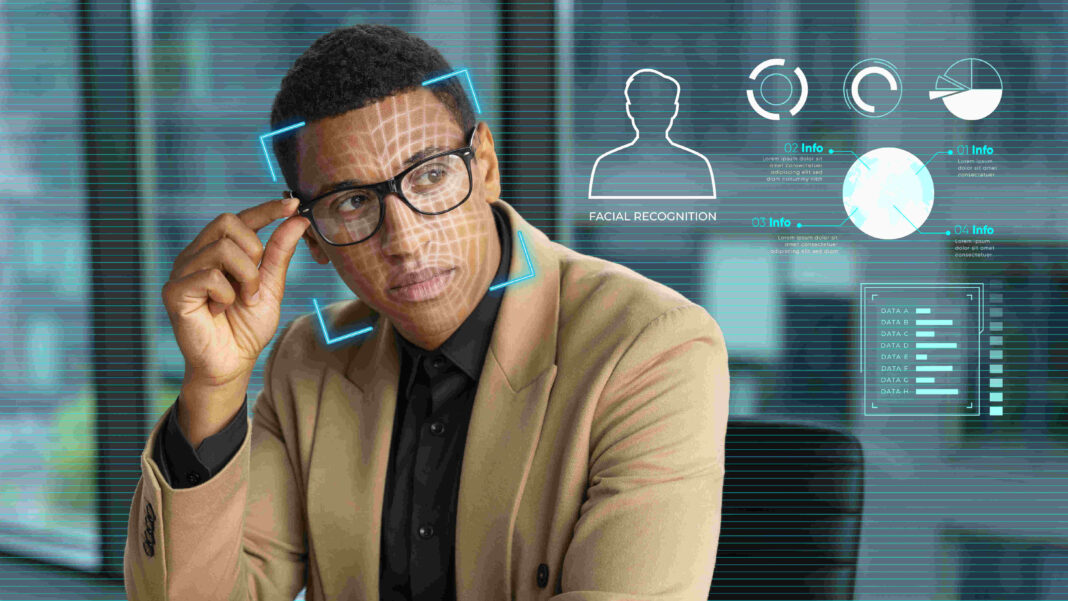Table of Contents
- Introduction
- Myth 1: “I’m Not a Target, So I Don’t Need Cybersecurity”
- Myth 2: “Antivirus Software Is Enough to Protect Me”
- Myth 3: “Strong Passwords Are All I Need to Stay Safe”
- Myth 4: “Cybersecurity Is Only an IT Department’s Responsibility”
- Myth 5: “Small Businesses Are Not Targeted by Hackers”
- Myth 6: “Cybersecurity Is Too Expensive for My Organization”
- Myth 7: “I Can Tell If My Device Is Infected with Malware”
- Myth 8: “Public Wi-Fi Is Safe If I Don’t Access Sensitive Information”
- Myth 9: “Cybersecurity Threats Only Come from External Sources”
- Myth 10: “Once I’m Protected, I Don’t Need to Worry Anymore”
- Conclusion
- FAQ
In today’s digital age, cybersecurity has become a critical concern for individuals, businesses, and governments alike. However, despite the growing awareness of cyber threats, many misconceptions persist. These myths can lead to a false sense of security, leaving people and organizations vulnerable to attacks.

This article aims to debunk some of the most common cybersecurity myths, providing clarity and actionable insights to help you stay protected. By understanding the realities of cyber threats, you can take proactive steps to safeguard your data, privacy, and digital assets.
Myth 1: “I’m Not a Target, So I Don’t Need Cybersecurity”
Reality: Many people believe that only large corporations or high-profile individuals are targeted by cybercriminals. However, this is far from the truth. Cybercriminals often cast a wide net, targeting anyone with a digital presence.
According to a report by Verizon, 43% of cyberattacks target small businesses. Individuals are also at risk, as hackers often exploit personal information for identity theft, financial fraud, or phishing scams.
Key Takeaway: Everyone is a potential target. Implementing basic cybersecurity measures, such as using strong passwords and enabling two-factor authentication, can significantly reduce your risk.
Myth 2: “Antivirus Software Is Enough to Protect Me”
Reality: While antivirus software is an essential component of cybersecurity, it is not a silver bullet. Modern cyber threats, such as zero-day exploits and advanced persistent threats (APTs), can bypass traditional antivirus programs.
A study by Ponemon Institute found that 54% of organizations experienced a cyberattack despite having antivirus software installed. To stay protected, you need a multi-layered security approach that includes firewalls, regular software updates, and employee training.
Key Takeaway: Antivirus software is just one piece of the puzzle. A comprehensive cybersecurity strategy is necessary to defend against evolving threats.
Myth 3: “Strong Passwords Are All I Need to Stay Safe”
Reality: Strong passwords are important, but they are not foolproof. Cybercriminals use techniques like brute force attacks, phishing, and credential stuffing to crack even the most complex passwords.
The National Institute of Standards and Technology (NIST) recommends using multi-factor authentication (MFA) to add an extra layer of security. Additionally, password managers can help you create and store unique passwords for each account.
Key Takeaway: Combine strong passwords with additional security measures like MFA to enhance your protection.
Myth 4: “Cybersecurity Is Only an IT Department’s Responsibility
Reality: Cybersecurity is a shared responsibility that involves everyone in an organization. Employees often serve as the first line of defense against cyber threats, such as phishing emails or social engineering attacks.
A report by IBM found that 95% of cybersecurity breaches are caused by human error. Regular training and awareness programs can empower employees to recognize and respond to potential threats.
Key Takeaway: Cybersecurity is not just an IT issue—it requires a culture of security awareness across the entire organization.
Myth 5: “Small Businesses Are Not Targeted by Hackers”
Reality: Small businesses are increasingly becoming targets for cybercriminals. According to the 2023 Cybersecurity Threat Report by Symantec, 58% of malware attacks are aimed at small businesses.
Hackers often view small businesses as easy targets because they may lack the resources to implement robust cybersecurity measures. However, the consequences of a breach can be devastating, including financial losses, reputational damage, and legal liabilities.
Key Takeaway: Small businesses must prioritize cybersecurity to protect their operations and customer data.
Myth 6: “Cybersecurity Is Too Expensive for My Organization”
Reality: While implementing cybersecurity measures can require an investment, the cost of a cyberattack can be far greater. The 2023 Cost of a Data Breach Report by IBM found that the average cost of a data breach is $4.45 million.
Many affordable cybersecurity solutions are available, such as free antivirus software, open-source firewalls, and cloud-based security services. Additionally, government grants and incentives may be available to help small businesses improve their cybersecurity posture.
Key Takeaway: The cost of cybersecurity is minimal compared to the potential losses from a cyberattack.
Myth 7: “I Can Tell If My Device Is Infected with Malware”
Reality: Modern malware is designed to operate stealthily, often without any noticeable symptoms. Some types of malware, such as spyware or ransomware, may remain dormant for extended periods before activating.
A report by McAfee found that 35% of users are unaware that their devices are infected with malware. Regular scans and monitoring are essential to detect and remove malicious software.
Key Takeaway: Don’t rely on visible signs to determine if your device is infected. Use reliable security tools to monitor for malware.
Myth 8: “Public Wi-Fi Is Safe If I Don’t Access Sensitive Information
Reality: Public Wi-Fi networks are inherently insecure, making them a prime target for cybercriminals. Even if you avoid accessing sensitive information, hackers can intercept your data and gain access to your device.
The Federal Trade Commission (FTC) recommends using a virtual private network (VPN) to encrypt your internet traffic when using public Wi-Fi. Additionally, avoid logging into accounts or conducting financial transactions on unsecured networks.
Key Takeaway: Always use a VPN and exercise caution when connecting to public Wi-Fi.
Myth 9: “Cybersecurity Threats Only Come from External Sources”
Reality: While external threats are a significant concern, insider threats can be equally damaging. These threats may come from employees, contractors, or business partners who have access to sensitive information.
A study by Cybersecurity Insiders found that 60% of organizations experienced an insider threat incident in the past year. Implementing access controls and monitoring user activity can help mitigate these risks.
Key Takeaway: Cybersecurity strategies must address both external and internal threats.
Myth 10: “Once I’m Protected, I Don’t Need to Worry Anymore”
Reality: Cybersecurity is an ongoing process, not a one-time task. Cyber threats are constantly evolving, and new vulnerabilities can emerge at any time.
Regularly updating your software, conducting security audits, and staying informed about the latest threats are essential to maintaining a strong cybersecurity posture.
Key Takeaway: Cybersecurity requires continuous vigilance and adaptation to stay ahead of emerging threats.
Conclusion
Cybersecurity is a complex and ever-changing field, but understanding the realities behind common myths can help you make informed decisions to protect yourself and your organization. By debunking these misconceptions, you can take proactive steps to strengthen your defenses and reduce your risk of falling victim to cyberattacks.
Remember, cybersecurity is not just about technology—it’s about adopting a mindset of awareness and preparedness. Stay informed, stay vigilant, and prioritize your digital safety.
FAQ
Q1: What is the most common cybersecurity myth?
A: One of the most common myths is that only large organizations are targeted by cybercriminals. In reality, individuals and small businesses are equally at risk.
Q2: How can I protect myself from cyber threats?
A: Use strong passwords, enable multi-factor authentication, keep your software updated, and avoid using public Wi-Fi without a VPN.
Q3: Is cybersecurity only important for businesses?
A: No, cybersecurity is important for everyone, including individuals. Personal data can be just as valuable to cybercriminals as corporate data.
Q4: What should I do if I suspect a cybersecurity breach?
A: Immediately change your passwords, disconnect from the internet, and contact a cybersecurity professional for assistance.
Q5: How often should I update my cybersecurity measures?
A: Cybersecurity is an ongoing process. Regularly update your software, review your security policies, and stay informed about new threats.

